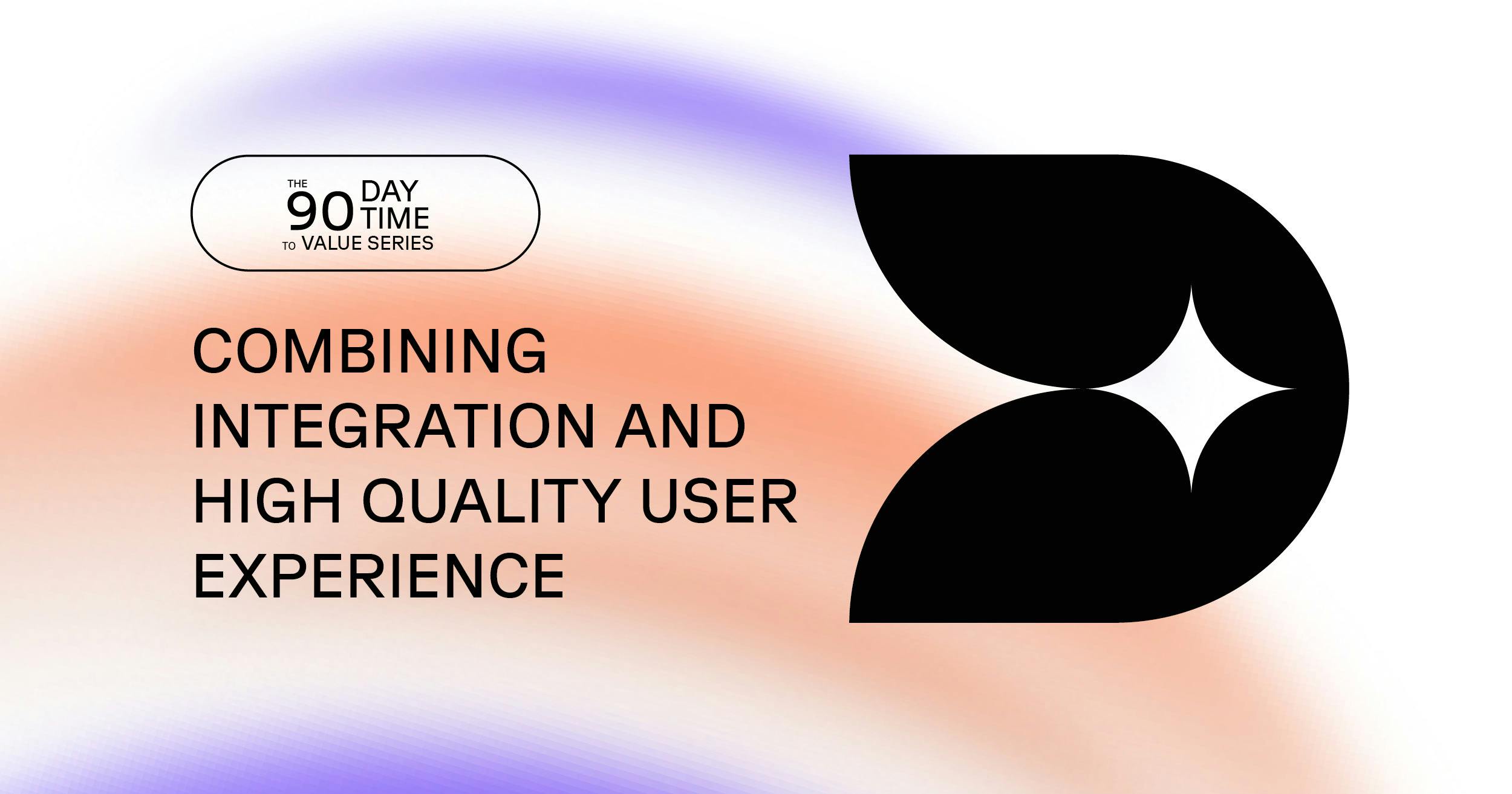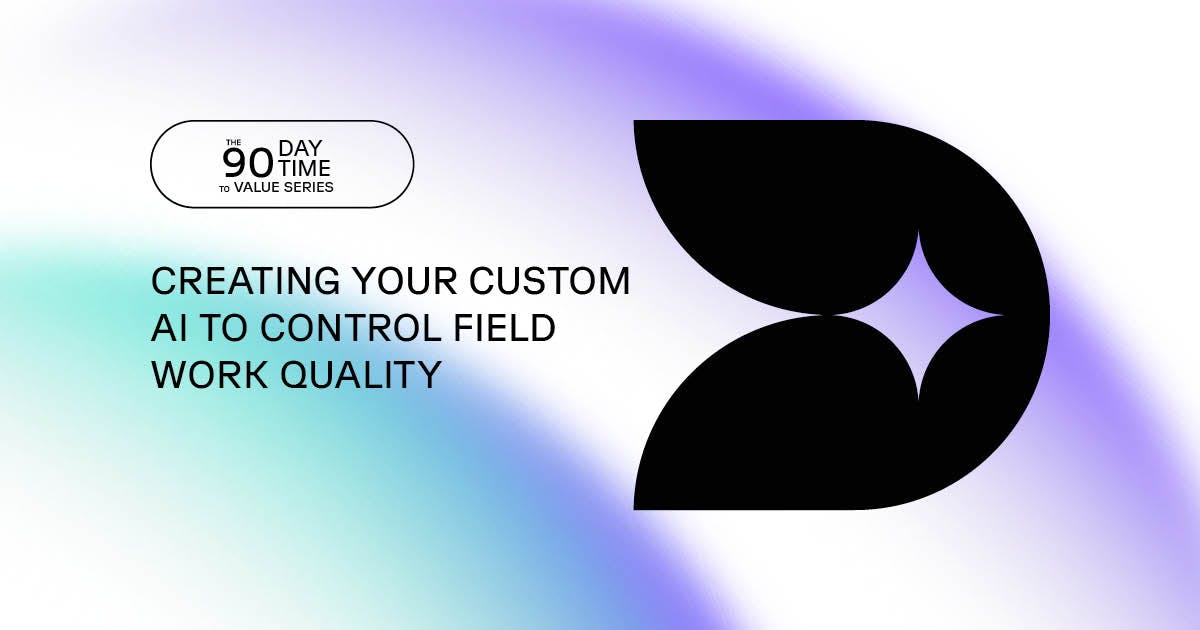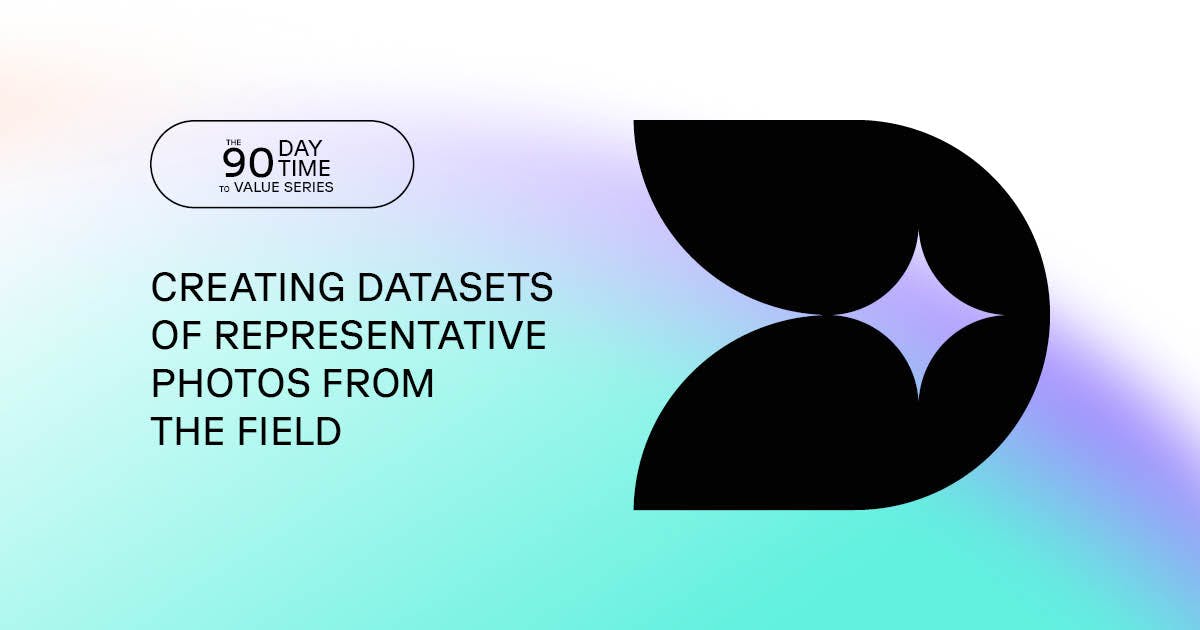The world of B2B has certain similarities with that of B2C. Among them: UX, which stands as an essential lever. Implementing a computer vision platform is no exception to this principle. In this fourth article of the series "Deploying a computer vision project and creating value in just 90 days", find out the different integration options you have to offer the best user experience to your field employees and maximize the chances of succeeding in your project.
Avoiding integration complexity when choosing a best-of-breed strategy
Field service companies use a variety of software products, each fulfilling a specific function (operation planning, dispatching, reporting) to help them be more efficient. This is known as best-of-breed, an approach that involves choosing the best tools in their category, rather than turning to a general-purpose package that attempts to address all issues.
While this approach has many benefits, it also raises a number of challenges:
- it adds to the complexity of integration, as there is more than one software application to implement;
- what's more, all these solutions need to be interconnected (i.e., they need to communicate with each other) so that the company can exploit the data easily.
It is therefore necessary to optimize the user journey to avoid complicating the field employee’s experience.
At Deepomatic, we understand this challenge. Our experience in quality control for field operations has enabled us to place our solution in the hands of over 30,000 technicians. As a result, we have been able to build the best possible user experience that closely aligns with their profession, and this experience is enabled by the integration of our solution via Camera Connector.
Camera Connector, a key ally for successful integration
Through Camera Connector, the field employee can access Deepomatic's quality control workflow with just a single click. The user journey is as follows:" The field worker uses a main application when in the field (e.g. Field Service Management) and follows the progress of their work order on this interface. At each stage of the process that needs to be documented with a photo, the employee simply clicks on a button, which automatically takes them to Deepomatic's mobile web application, where the photo-taking and quality control experience begins. Our interface displays the result of the photo analysis, potential reasons for failure in unvalidated control points, and allows the field employee to provide justification. By clicking "Done," they are automatically redirected to their initial application, which incorporates the quality control results.
This experience means that the company doesn't have to develop the entire user experience itself for this part of the journey, and can rely on Deepomatic's expertise instead. In the B2C world, we find the same logic with 2-factor authentication: when confirming a payment on the Internet, the purchasing experience takes place on the seller's application, but to confirm the payment, the consumer is automatically redirected to his bank's mobile application to enter his PIN code, which will validate the purchase. The customer can then return to the seller's page to continue their shopping experience. This eliminates the need for the vendor to develop and integrate their own validation system at the point of payment.
Why choose Camera Connector over the full API integration?
Developing your own quality control experience using the Deepomatic API provides a certain degree of flexibility; however, this type of integration requires human resources and time. But beyond the deployment of the computer vision platform, the company will also need resources to maintain the experience over time. Indeed, when Deepomatic makes updates or deploys new functionalities on its app, the company itself must ensure that its interface is adapted, resulting in an increase in the resources to be allocated to the project.
By choosing to integrate Deepomatic’s solution with Camera Connector, development teams don't have to worry about these changes. This is why, unsurprisingly, our experience showed that implementation took longer with the company's Deepomatic API full integration scenario. And although the company chose to outsource this part of the process with Camera Connector, it retains full access to the data in the field and can retrieve it at any time.
In conclusion, to ensure successful integration as part of the deployment of its computer vision project, it is crucial to limit development efforts not only at launch, but also throughout the duration of the project. This is why the Camera Connector integration is the solution.
Not only does it accelerate time-to-value by facilitating the integration of the Deepomatic solution into field processes, it also offers a complete and optimized quality control experience for field-IA employees, which in turn encourages the use of the solution.
In our next and final article, we'll be tackling the topic of change management, a crucial subject affecting various professions within field service companies.




